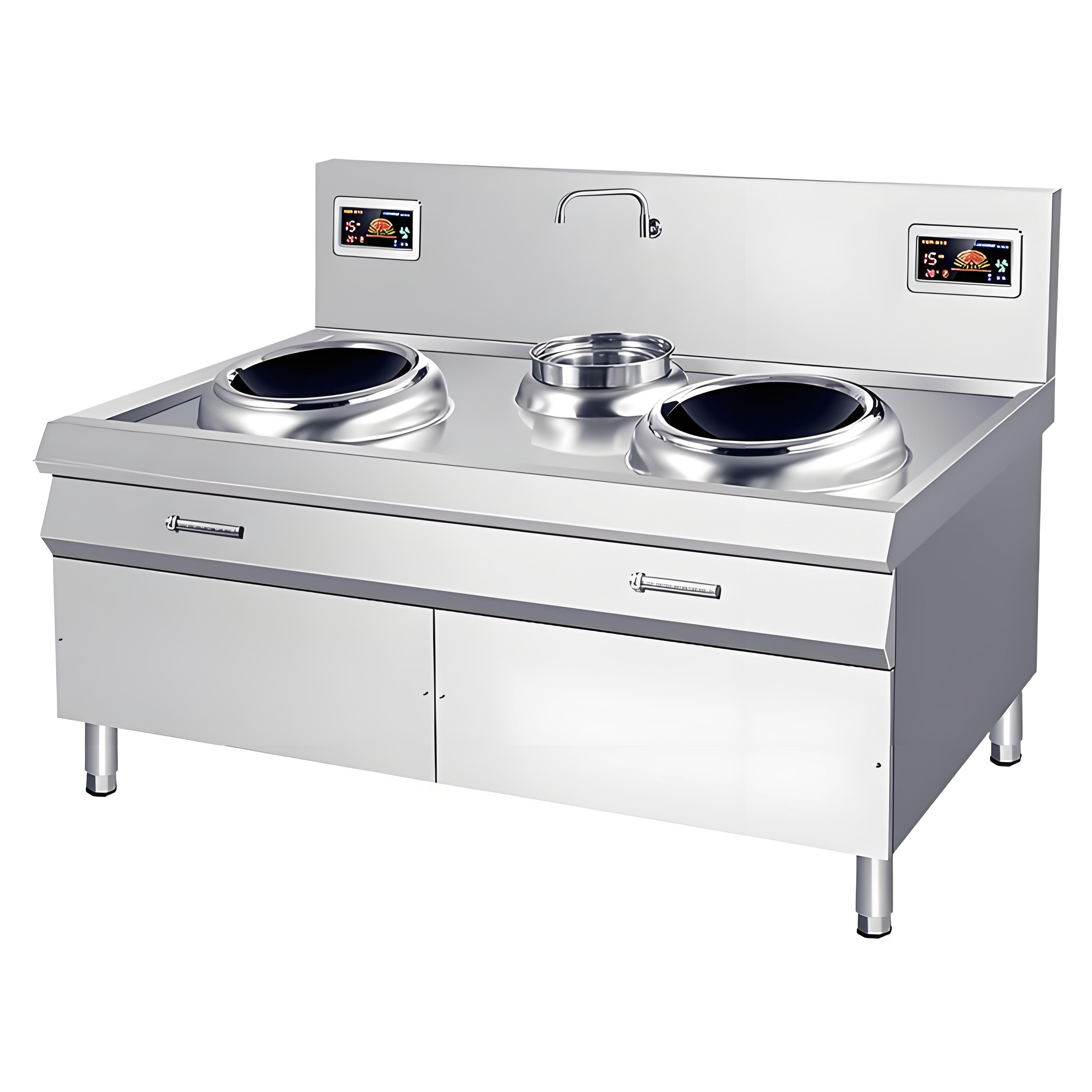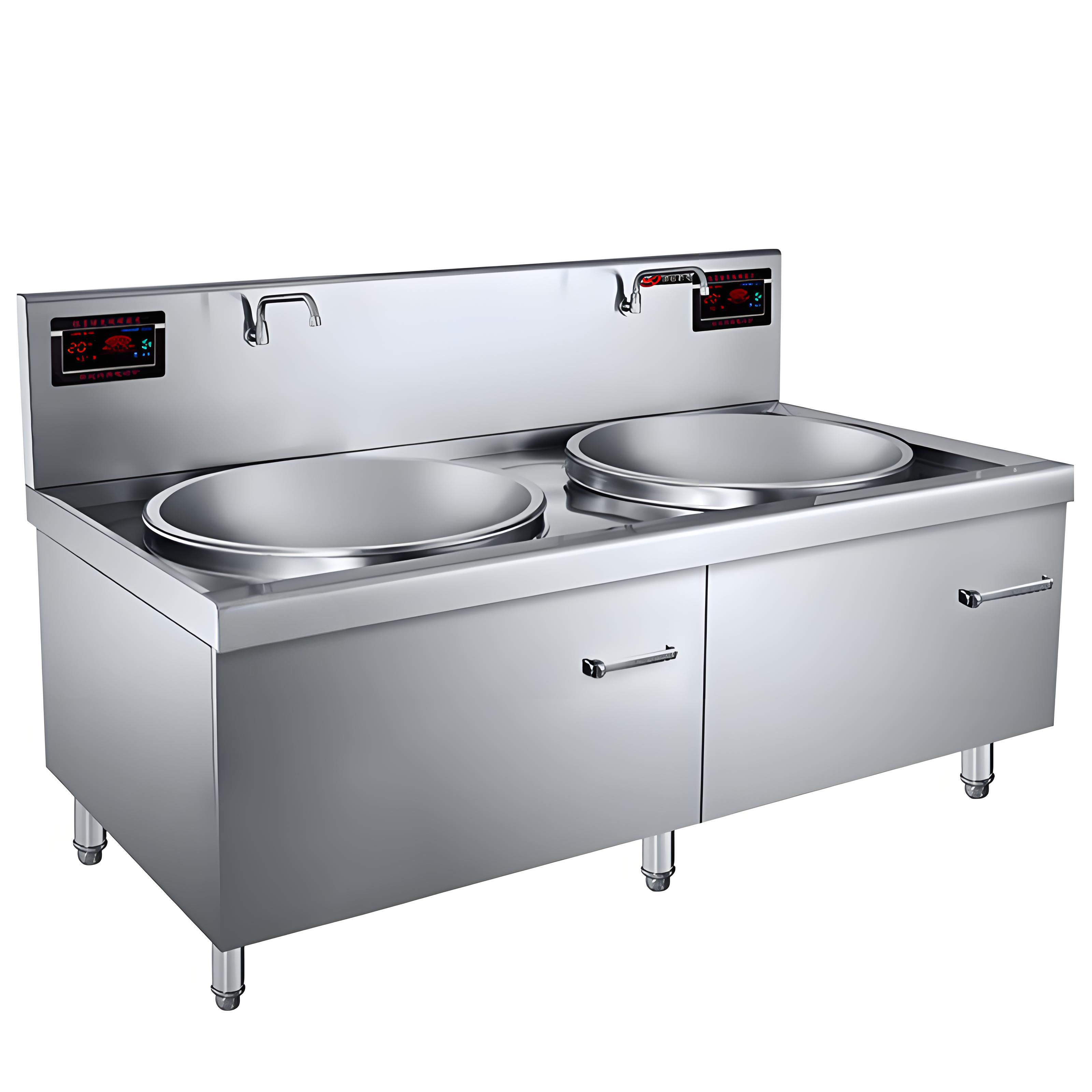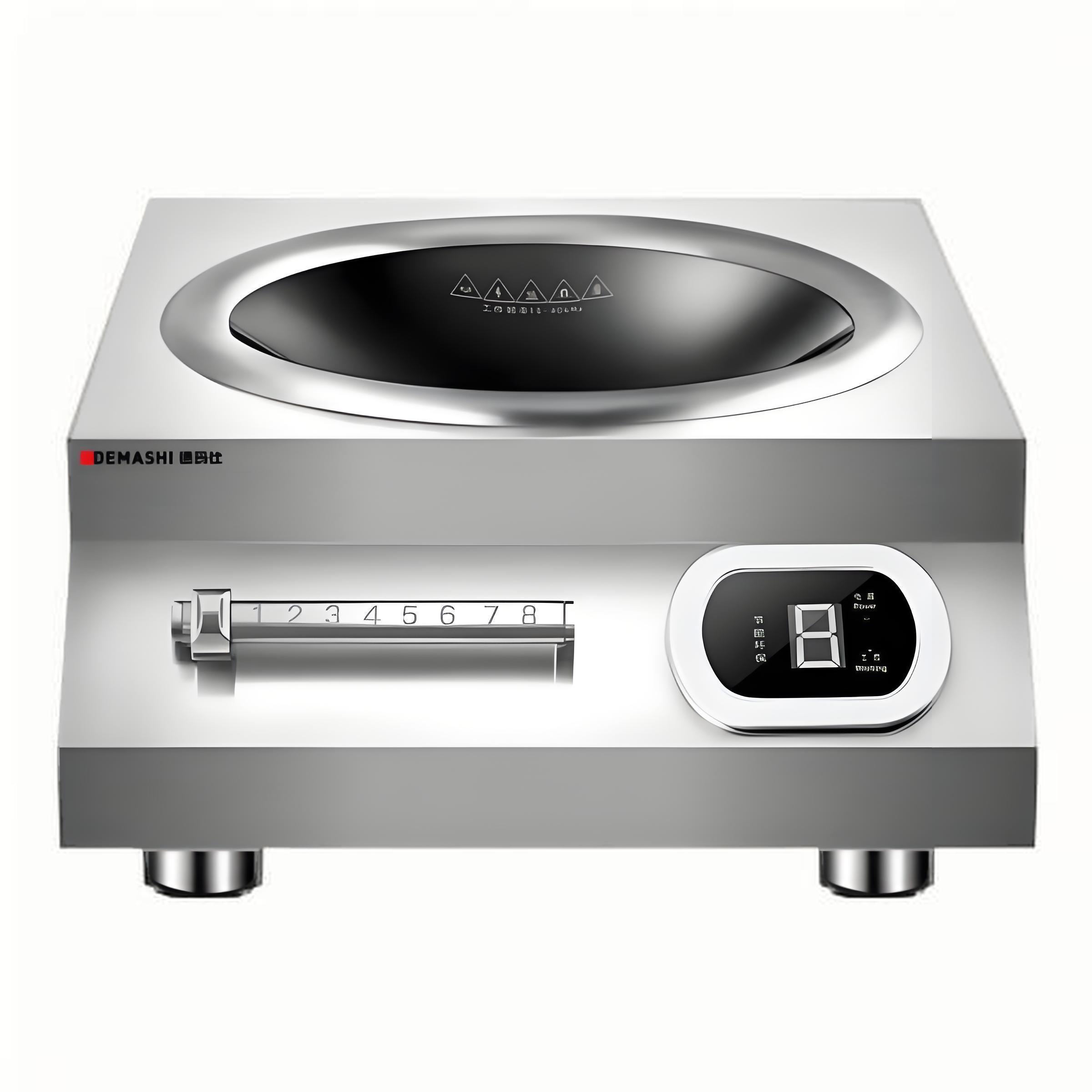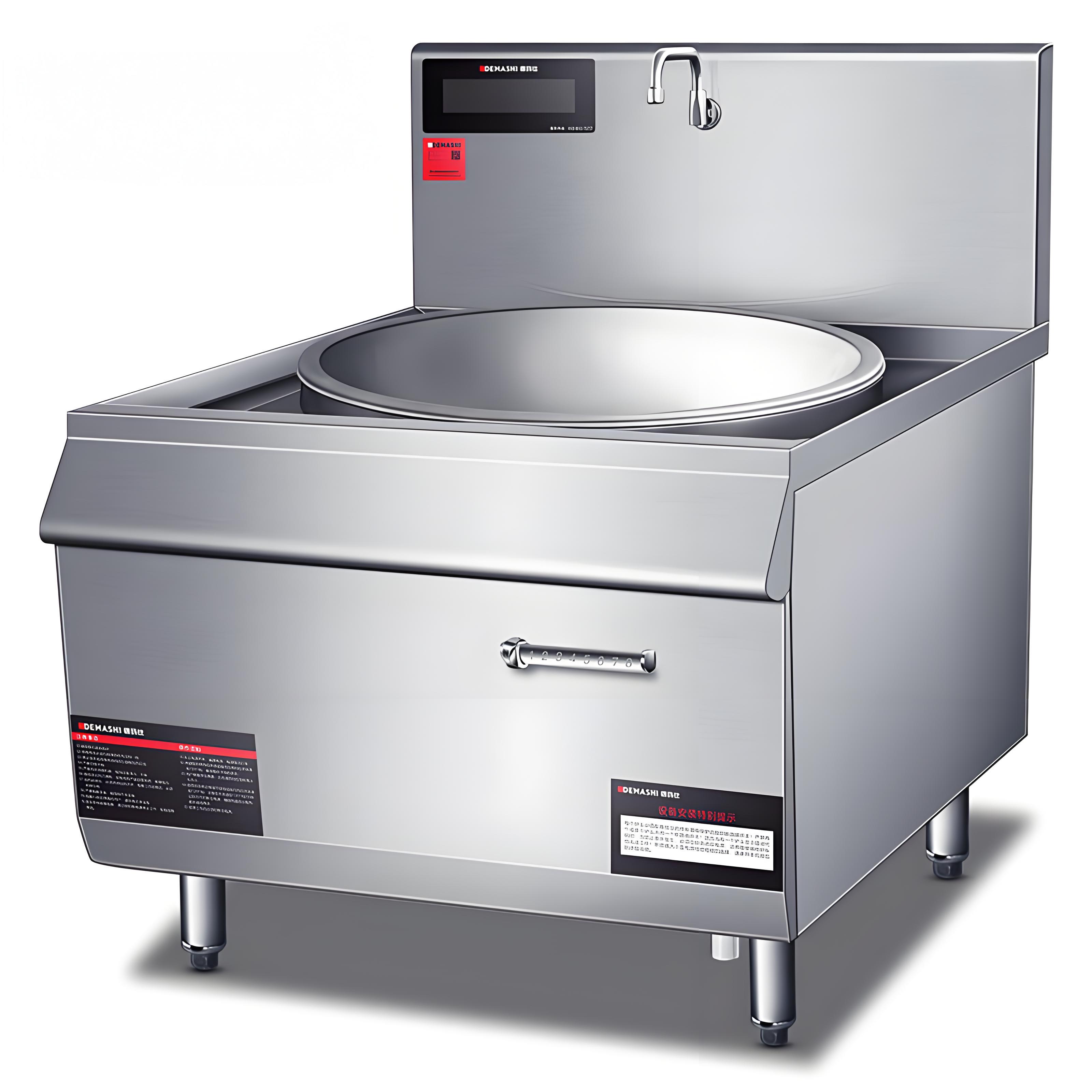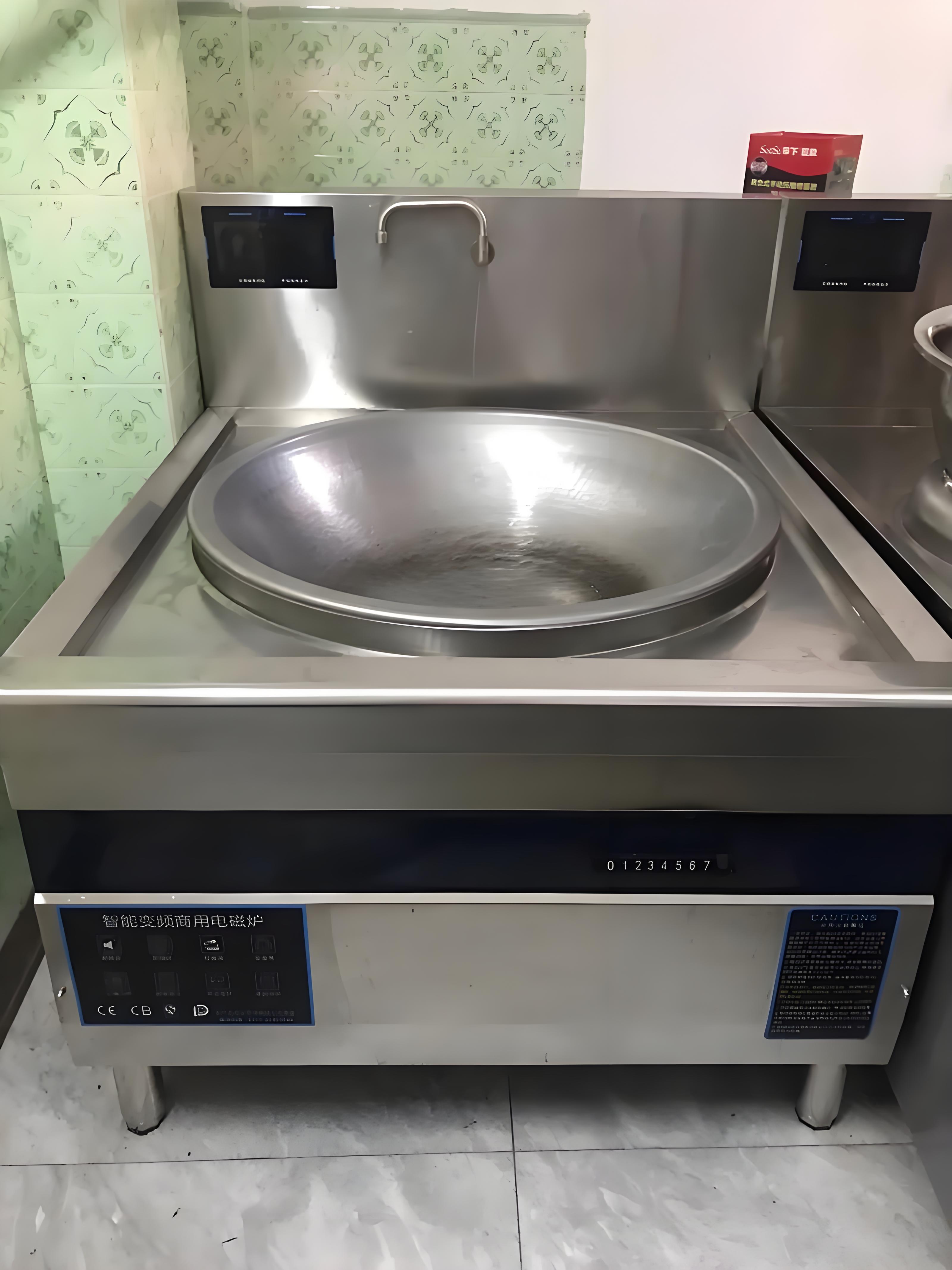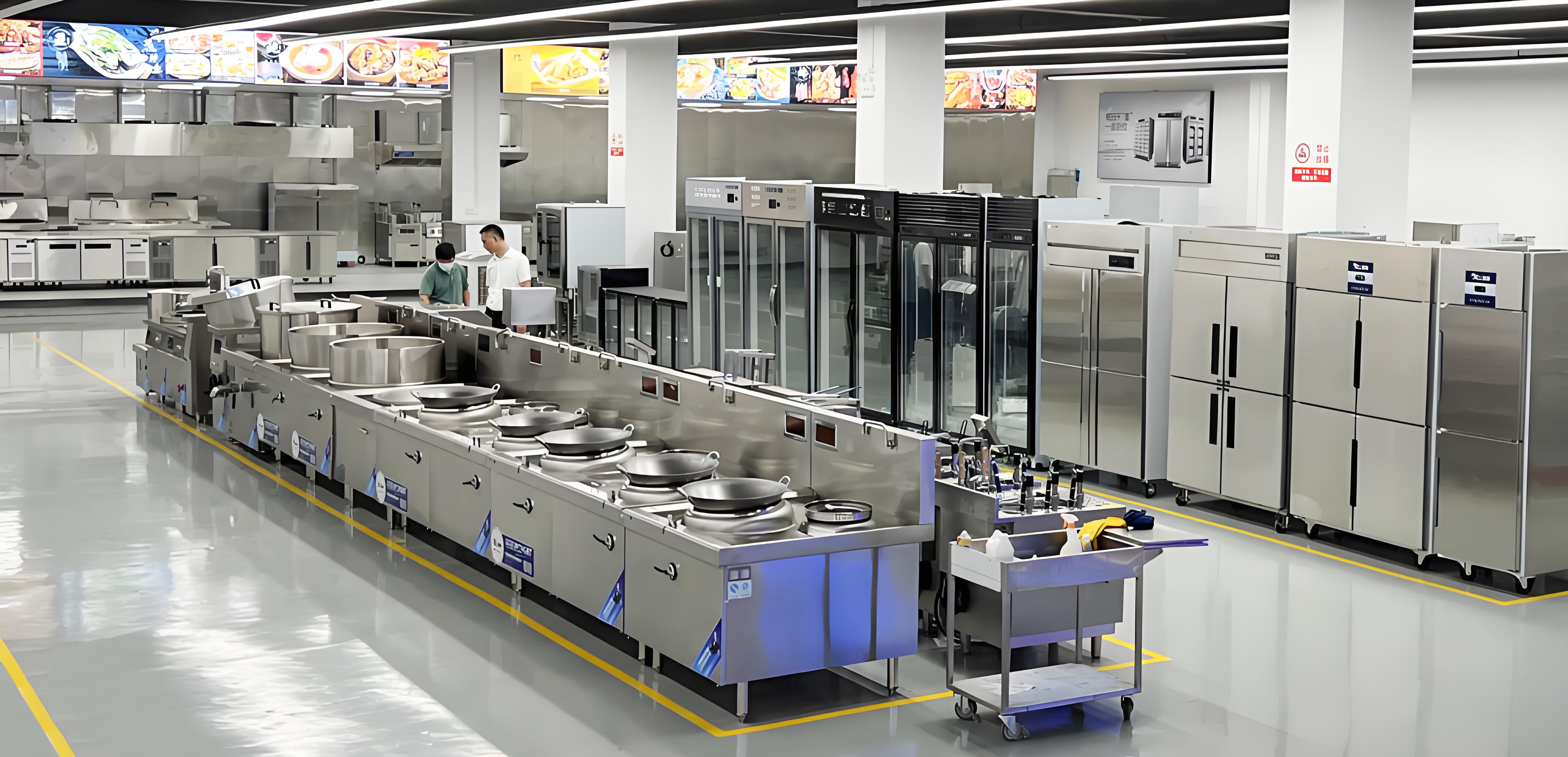Last weekend, I was chatting with a neighbor who was renovating her kitchen. She was torn between getting a sleek built-in induction cooktop to match her modern countertops or a portable induction cooktop for flexibility. “Which one’s better for everyday cooking?” she asked, looking overwhelmed by the options. As someone who’s spent over a decade in the home appliance industry, I’ve seen this dilemma pop up countless times. Choosing between a portable and a built-in induction cooktop isn’t just about aesthetics—it’s about how you cook, your kitchen setup, and your lifestyle. Today, I’ll break down the pros and cons of both to help you decide which induction cooktop is better for your kitchen.
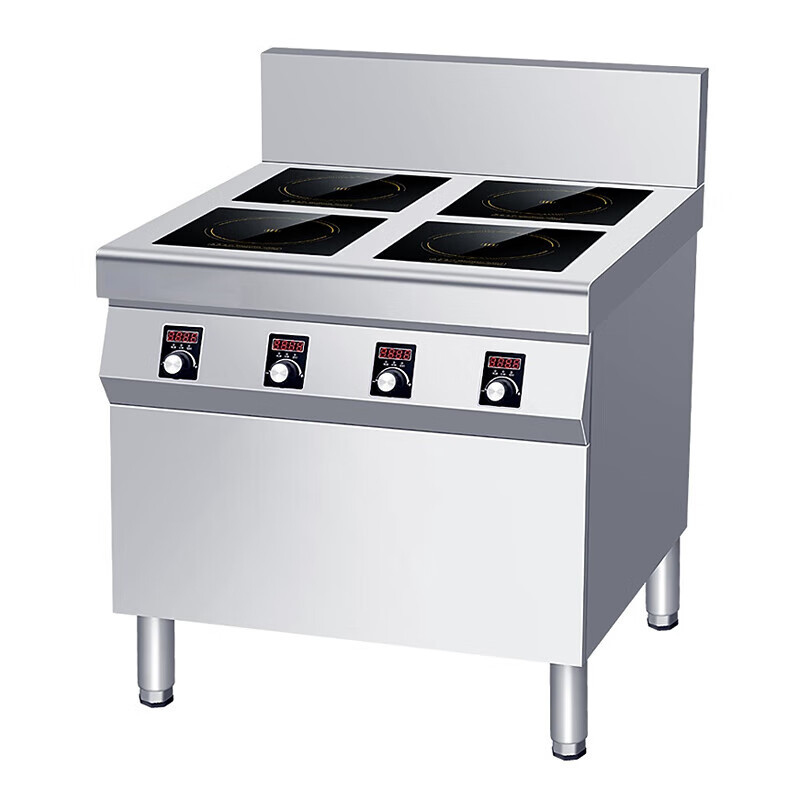
Understanding Induction Cooktops
Before diving into the comparison, let’s get the basics down. Induction cooktops use electromagnetic fields to heat cookware directly, offering fast, precise, and energy-efficient cooking compared to traditional gas or electric stoves. They’re safe, easy to clean, and increasingly popular in modern kitchens.
Portable Induction Cooktops: These are standalone units you can place on any flat surface, plug in, and use. They’re compact, lightweight, and ideal for small spaces or temporary setups.
Built-In Induction Cooktops: These are fixed units installed into your kitchen countertop, designed for a seamless, integrated look. They’re typically larger and suited for permanent kitchen setups.
Both types have their strengths, but their suitability depends on your specific needs. Let’s compare them across key factors to see which one fits your kitchen best.
Comparing Portable and Built-In Induction Cooktops
To make an informed choice, I’ve evaluated portable and built-in induction cooktops based on performance, installation, cost, safety, and maintenance. Here’s a detailed breakdown:
1. Performance (Power and Cooking Efficiency)
Both types of induction cooktops use the same technology, so their cooking performance is generally comparable. Most models offer power levels from 1200W to 3000W, with precise temperature control for boiling, simmering, or frying. However, there are slight differences:
Portable Cooktops: Often single or dual-burner models with power up to 1800W per burner. They’re great for small meals, stir-frying, or hot pot cooking. Some high-end portable units offer advanced features like preset cooking modes, but they may lack the power for heavy-duty tasks like cooking for large families.
Built-In Cooktops: Typically have multiple burners (2-4) with higher total power (up to 7200W for premium models). They’re better suited for complex meals requiring simultaneous cooking on multiple burners. Some models include features like bridge zones for larger cookware.
Verdict: If you cook simple meals or live alone, a portable cooktop is sufficient. For family cooking or frequent entertaining, a built-in model’s higher power and multi-burner setup shine.
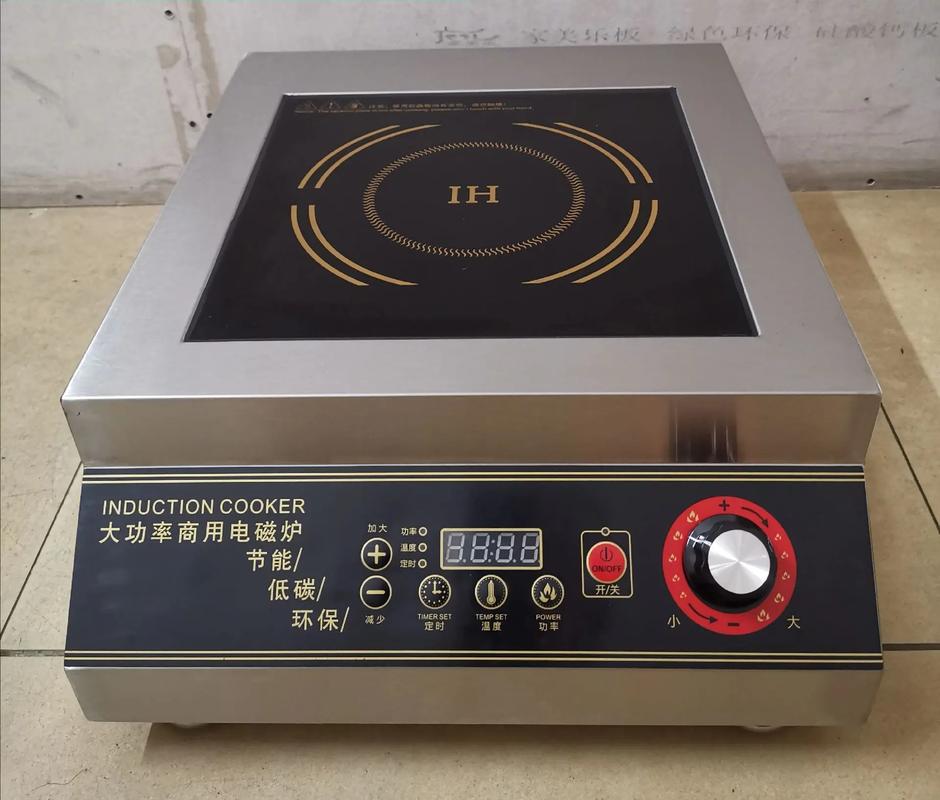
2. Installation and Space Requirements
Installation is a major differentiator, as it affects your kitchen’s layout and functionality:
Portable Cooktops: No installation needed—just plug into a standard outlet (typically 120V or 220V, depending on the model). They’re ideal for renters, small apartments, or kitchens with limited counter space. You can store them away when not in use, freeing up space. However, they take up counter space during use, which can feel cramped in tiny kitchens.
Built-In Cooktops: Require professional installation, including cutting a hole in the countertop and hardwiring to a dedicated electrical circuit (often 220V). They integrate seamlessly into the kitchen, saving counter space when not in use. However, they’re a permanent fixture, so they’re less flexible if you move or redesign your kitchen.
Verdict: Portable cooktops win for flexibility and ease, while built-in models are better for spacious, permanent kitchens.
3. Cost (Purchase and Maintenance)
Cost is a big factor for most people, so let’s look at both upfront and long-term expenses:
Portable Cooktops: Generally more affordable, with prices ranging from $50 to $200 for single or dual-burner models. Maintenance costs are low—replacement is often cheaper than repair for budget models. However, high-end portable units with advanced features can cost more.
Built-In Cooktops: Pricier, with costs ranging from $300 to $2000 depending on size, features, and burner count. Installation adds $100-$300, depending on your kitchen’s electrical setup. Repairs can be costly due to specialized parts and labor, but built-in models tend to be more durable.
Verdict: Portable cooktops are budget-friendly and ideal for cost-conscious users. Built-in models are a bigger investment but offer long-term value for frequent cooks.
4. Safety and Cleaning
Safety and ease of cleaning are critical, especially in busy kitchens:
Safety:
Portable Cooktops: Safe, with features like auto-shutoff and cool-to-touch surfaces (since only the cookware heats up). However, their lightweight design means they can be knocked over if not placed on a stable surface.
Built-In Cooktops: Equally safe, with similar safety features. Their fixed installation eliminates tipping risks, but improper wiring during installation can pose electrical hazards.
Cleaning:
Portable Cooktops: Easy to clean with a damp cloth due to their smooth glass surfaces. Their portability allows you to clean around them or store them to keep the kitchen tidy.
Built-In Cooktops: Also easy to clean, but spills can seep into countertop seams if not sealed properly. Regular cleaning prevents buildup, but accessing edges can be trickier.
Verdict: Both are safe and easy to clean, but portable cooktops edge out for convenience in small spaces, while built-in models require careful installation to avoid issues.
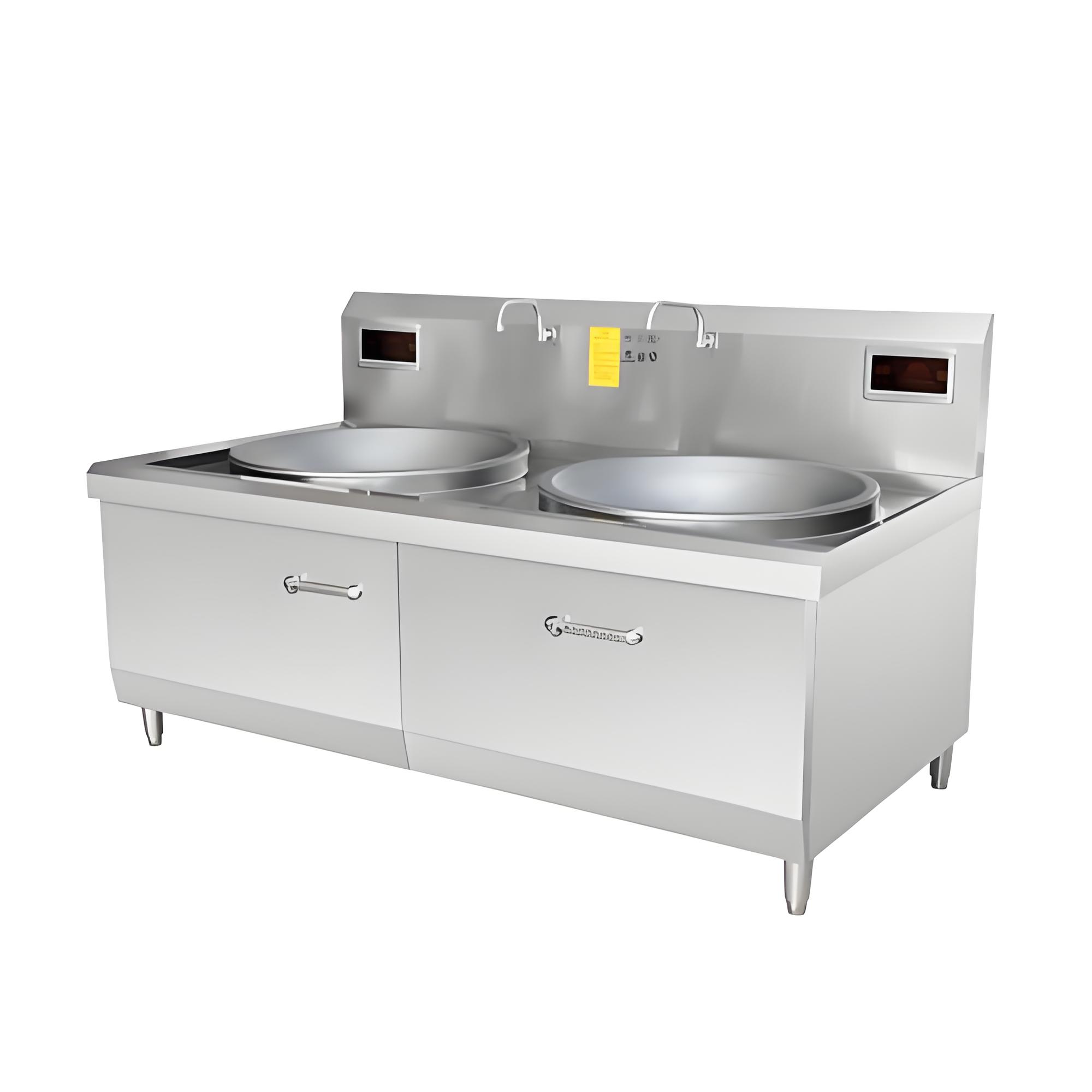
Comparison Table
|
Aspect |
Portable Induction Cooktop |
Built-In Induction Cooktop |
Best For |
|---|---|---|---|
|
Performance |
1200-1800W per burner, good for small meals |
1800-7200W total, ideal for multi-dish cooking |
Built-in for large meals |
|
Installation |
Plug-and-play, no setup needed |
Requires countertop cutout and wiring |
Portable for renters |
|
Cost |
$50-$200, low maintenance |
$300-$2000 + installation |
Portable for budgets |
|
Safety/Cleaning |
Safe, easy to clean, but needs stable placement |
Safe, slightly trickier cleaning around seams |
Portable for ease |
Real-World Case Studies: Portable vs. Built-In in Action
Let me share a couple of stories from my work to illustrate how these cooktops perform in real life.
Case 1: Portable Cooktop in a Small Apartment
A young couple I advised lived in a compact city apartment with a tiny kitchen. They loved cooking but had limited counter space and couldn’t modify their rental. I recommended a dual-burner portable induction cooktop. It was affordable (around $120), easy to store in a cabinet, and powerful enough for their stir-fries and soups. They appreciated the flexibility to move it to the dining table for hot pot dinners with friends. The only downside? They had to be mindful of counter stability to avoid tipping during heavy use.
Case 2: Built-In Cooktop in a Family Kitchen
Another client was renovating a spacious family kitchen and wanted a modern, high-performance setup. We chose a four-burner built-in induction cooktop with a bridge zone for their large griddle. The $800 unit required professional installation, but it blended beautifully with their quartz countertop. They loved the power for cooking multi-course meals and the sleek look. The catch? They had to reseal the countertop edges after a year to prevent water seepage from spills.
These cases show that your kitchen size, cooking habits, and permanence in your home heavily influence the choice. Portable cooktops suit flexible, space-constrained setups, while built-in models excel in dedicated, high-use kitchens.
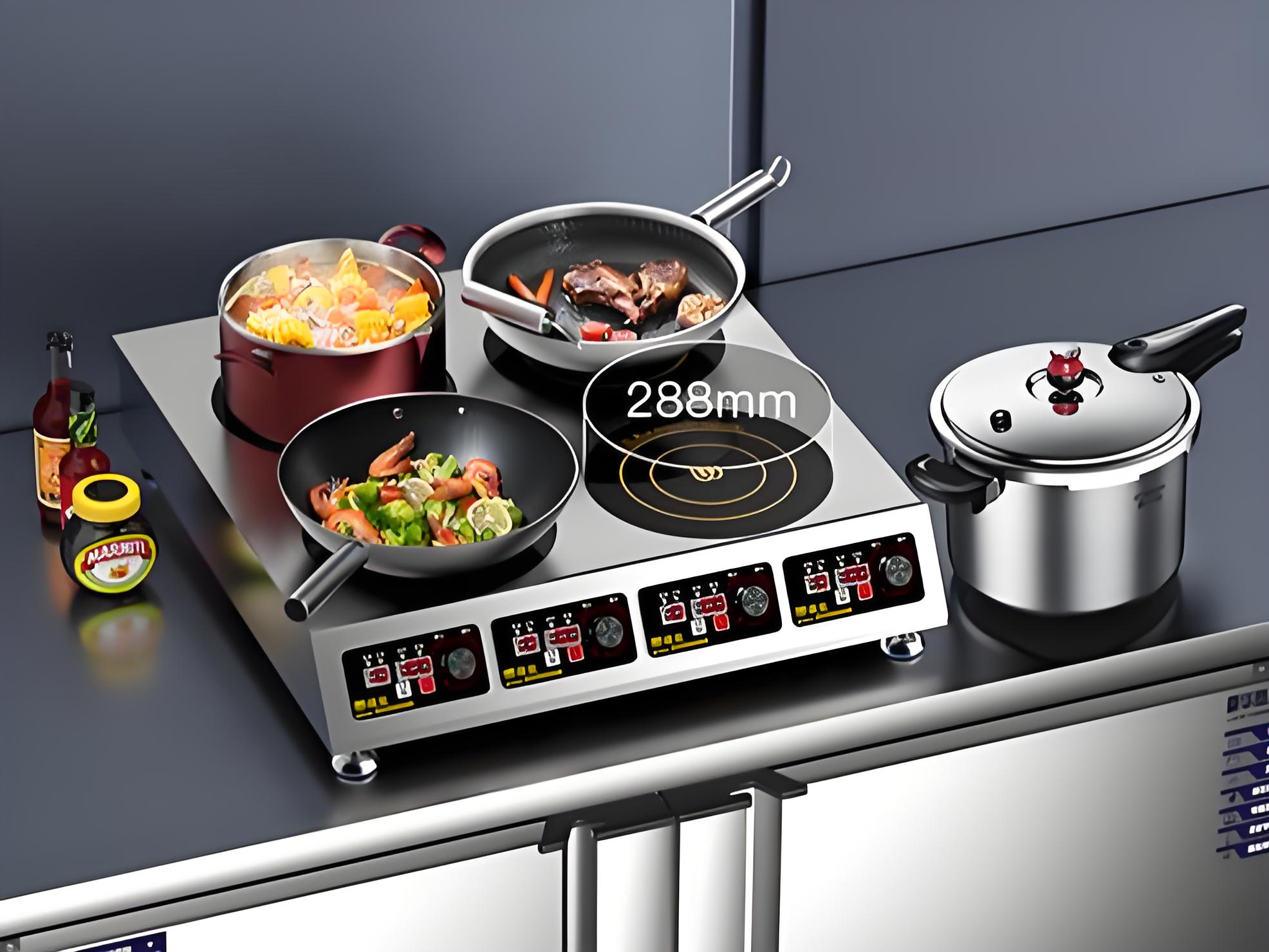
How to Choose the Right Induction Cooktop for Your Kitchen
Choosing between portable and built-in induction cooktops comes down to your specific circumstances. Here’s how to make the decision, based on my experience:
Assess Your Kitchen Space
Small Kitchens or Rentals: A portable cooktop is ideal. It requires no installation and can be stored to maximize space. Single-burner models suit solo cooks, while dual-burner ones work for couples.
Large or Permanent Kitchens: Built-in cooktops are better for spacious counters and frequent cooking. They offer more burners and a polished look.
Consider Your Cooking Habits
If you cook simple meals or use one pot at a time (e.g., instant noodles, soups), a portable unit is enough.
For complex meals with multiple dishes (e.g., holiday feasts), a built-in cooktop’s higher power and multiple burners are a game-changer.
Evaluate Your Budget
If you’re on a tight budget or don’t cook often, a portable cooktop’s lower cost makes it a no-brainer.
If you’re investing in a long-term kitchen upgrade, a built-in model’s durability and features justify the higher price.
Check Electrical Requirements
Portable cooktops usually work with standard outlets, but check your kitchen’s voltage (120V or 220V).
Built-in models often require a dedicated 220V circuit, so factor in electrical upgrades if needed.
Think About Maintenance
Portable cooktops are low-maintenance and easy to replace.
Built-in models need proper installation to avoid issues like loose wiring or countertop damage. Regular seam maintenance prevents long-term problems.
Pro Tip: Before buying, test the cooktop’s controls (if possible) to ensure they’re intuitive. Some portable models have clunky interfaces, while built-in units may offer touch-sensitive controls for precision.
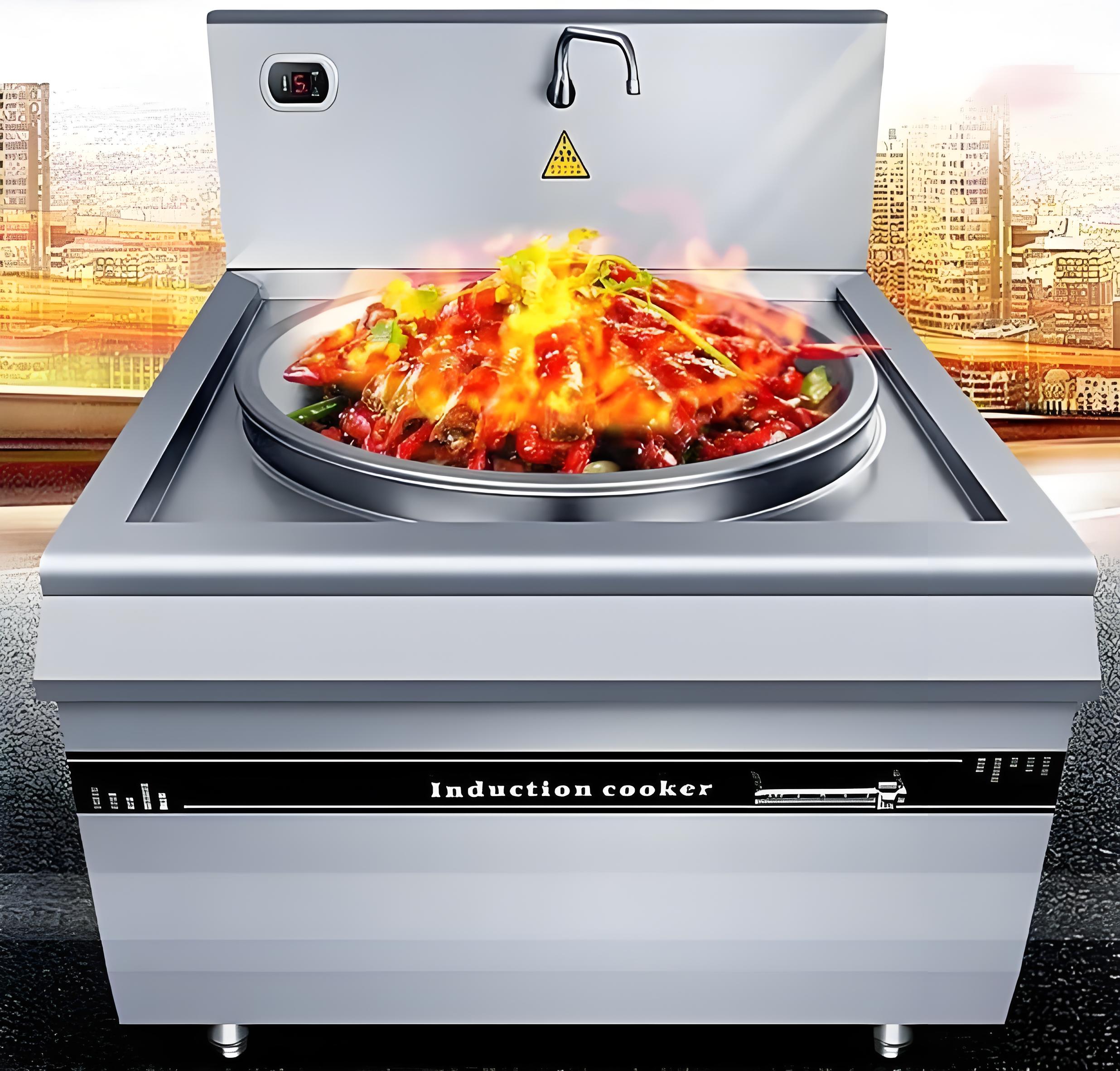
Installation and Maintenance Tips
For Portable Cooktops:
Place on a stable, heat-resistant surface away from edges to prevent tipping.
Store in a dry place to avoid moisture damage to electronics.
Clean after each use to prevent grease buildup on the glass surface.
For Built-In Cooktops:
Hire a licensed electrician for installation to ensure proper wiring and safety.
Seal countertop edges with silicone to prevent water seepage.
Inspect annually for loose connections or sealant wear.
Conclusion: Choose Based on Your Lifestyle
So, is a portable or built-in induction cooktop better for your kitchen? It depends on your space, budget, and cooking needs. Portable cooktops are perfect for renters, small kitchens, or those who value flexibility and affordability. Built-in cooktops are the go-to for permanent setups, frequent cooks, or those prioritizing power and aesthetics. Both are safe, efficient, and easy to clean, but their suitability hinges on how they fit into your daily life.
If you’re still on the fence, think about your kitchen’s layout and how often you cook. A quick chat with a local appliance expert or a visit to a showroom can also help. Got more questions? Drop them below, and I’ll share more insights from my experience!

Related Q&A
1. Can I use a portable induction cooktop in a dorm or rental?
Absolutely! Portable cooktops are ideal for dorms or rentals since they require no installation and can be stored easily. Just ensure your outlet matches the cooktop’s voltage and use it on a stable surface.
2. Are built-in induction cooktops worth the higher cost?
For frequent cooks or those with large kitchens, yes. They offer higher power, more burners, and a sleek look. For occasional cooks or small spaces, a portable model is more cost-effective.
3. How do I know if my kitchen can support a built-in cooktop?
Check if your kitchen has a 220V electrical circuit (most built-in models require this). You’ll also need enough counter space for the cutout (check the model’s dimensions). Consult an electrician if unsure.
4. Are portable cooktops less safe than built-in ones?
Not inherently. Both have safety features like auto-shutoff. However, portable models can tip if placed on an unstable surface, so ensure proper placement.
5. Which is easier to clean?
Both are easy to clean due to their smooth glass surfaces. Portable cooktops are slightly more convenient since you can move them to clean underneath, while built-in models require attention to countertop seams.
